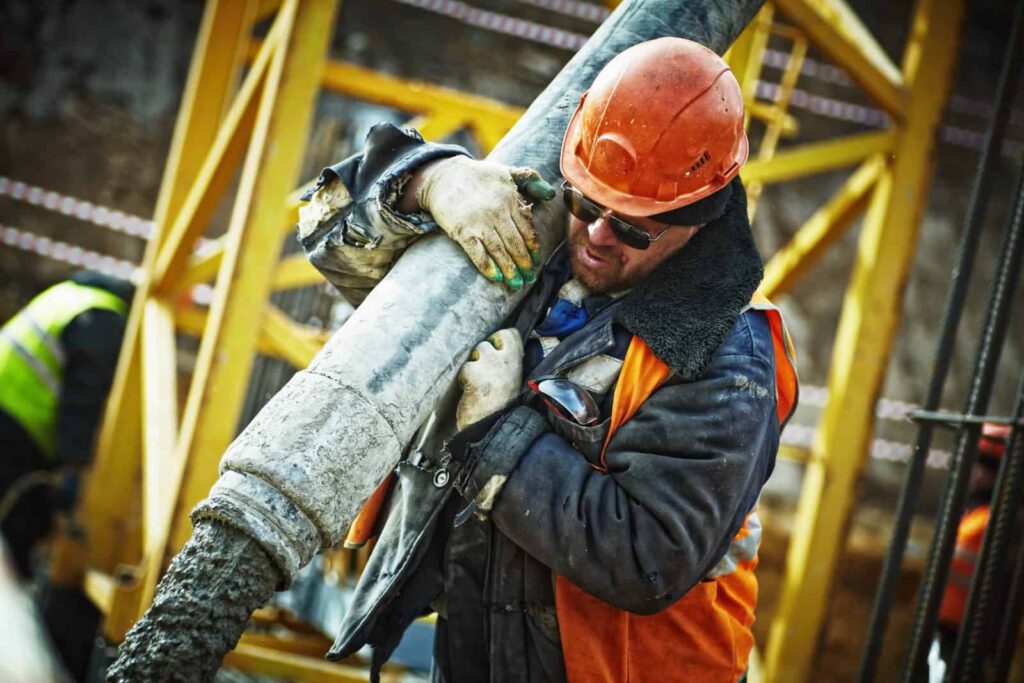What You Need to Know Before It’s Too Late
Some jobs are inherently more risky than others. Firefighters and Miners, for example, have a high probability of injury and death than your typical office worker. Even still, every occupation carries a certain amount of risk. Even occupations that you would think are low risk have hidden dangers that might surprise even those working in the industry. And for some occupations the risks aren’t always immediate. Take for example, jobs that involve exposure to harmful substances, the effects of which might not make themselves known until months or even years in the future.
The team at Napoli Shkolnik has helped thousands of victims of workplace accidents and occupational diseases of all kinds, ensuring that working people get the justice and the compensation that they deserve. Through that experience, we’ve come to recognize many of the high-risk occupations that can become a real hazard to your health if you’re not aware of them. Here are some of the jobs with risks that are worth taking seriously.
Construction Workers

As hazardous as these spaces can be, it’s no surprise there are high risks of injury. This can include accidents with dangerous moving equipment and falling debris from above. The most common injury of all are slips, trips, and falls, especially where heights are involved, such as ladders, roofs, and scaffolding.
Construction workers also work with concrete, cement, insulation, and drywall products, all of which can increase their exposure to a range of hazardous materials. Silica exposure can lead to lung cancer and chronic obstructive pulmonary disease. Wood dust inhalation can cause breathing problems, allergic reactions, and contact dermatitis.
Contact with asbestos is another serious concern, leading to a high risk of asbestosis, a serious type of lung disease, as well as the deadly cancer, mesothelioma.
Miners

Miners suffer from many of the same risk factors as construction workers, including the increased potential exposure to silica, leading to all of the conditions named above. Cave-ins and shaft collapses, as well as accidents with the powerful equipment used in mining, are all significant risks to workers’ health.
When it comes to occupational diseases, miners, in particular, are also at risk of black lung disease. This disease can cause difficulty breathing and death. They are also at risk of carbon monoxide poisoning, which can also be fatal, but may otherwise lead to brain damage and heart disease.
Manufacturing Workers

As a machine operator within a manufacturing workspace, the most common complaints include accidents or malfunctions. Poor manufactory upkeep can lead to an increased risk of slipping, tripping, and falling, as well.
Chronic joint and back pain are frequent problems for manufacturing workers, too. Repetitive motions can lead to repetitive strain injury. Meanwhile, exposure to hazardous substances through chemical fumes can cause issues like asthma, chronic bronchitis, and other occupational diseases.
Ironically, one of the silent stressors of being a manufacturing worker is the exposure to dangerous noise levels. This can contribute to hearing loss, one of the most common job-related health problems. Your employers should provide you with adequate hearing protection equipment to prevent such hearing loss. Tinnitus is another symptom that can be brought on by exposure to noise. This experience of hearing sounds in your ear frequently can contribute to chronic stress and depression.
Garage and Gas station Workers

Garages and gas stations are full of a wide range of accident risks. Slips, trips and falls on slippery surfaces, cuts and burns from equipment malfunctions and accidents, and cumulative trauma disorders caused by overexertion, strains, and sprains are all very common. Musculoskeletal injuries account for one in five injuries reported by mechanics.
Long-term illnesses are also a risk when exposed to industrial chemicals and gasoline additives. Some auto parts, like brakes, can contain asbestos, which leads to the risk of lung disease and mesothelioma, as aforementioned. Otherwise, diesel fumes can irritate the eyes, nose, throat and lungs, cause nausea, and can contribute directly to a risk of lung cancer, heart disease, and respiratory disease.
Welders

Welders suffer from many of the same risk factors as garage workers, with accidental burns and injuries due to equipment tip-over, falls, and malfunctions being amongst the most common of injuries. Sprains, back pain, and strains are also very common, as welding can be repetitive work.
The metals that welders work with can also release toxic fumes, both from the actual metal itself as well as its coatings. For instance, manganese, which is used widely in welding rods, can contribute to COPD, cancers of the lung, and Parkinson’s.
What To Do If You’ve Been Injured
If you have suffered due to an accident on the job or contracted a disease from harmful working conditions, then you may qualify for workers’ compensation. Medical bills to heal from your injuries or managing your disease can be just as crippling as the disease itself. Luckily, there are laws that protect workers from the monetary impacts of high-risk occupational environments.
Get in touch with Napoli Shkolnik and we will ensure that you get the driven advocate for your health and wellbeing that you deserve. We may not be able to turn back the clock on the injuries or illnesses affecting your life, but we can help you get the compensation you deserve for it.
